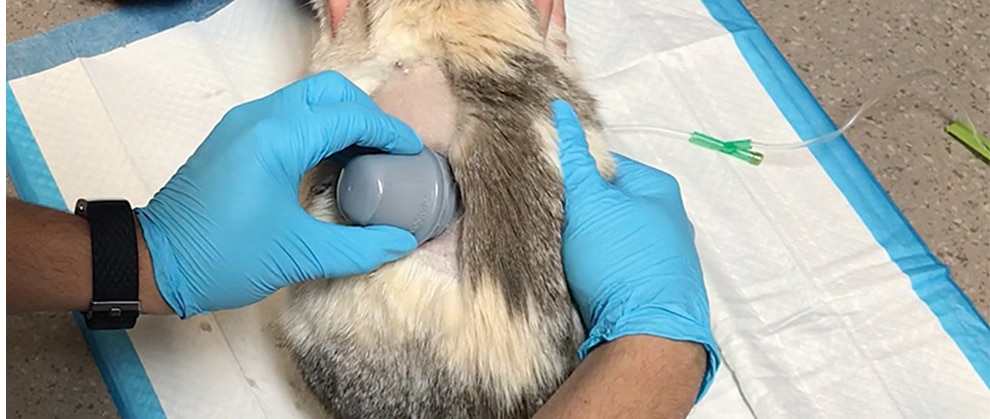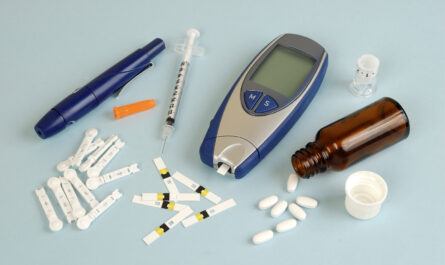Like humans, glucose (sugar) is an important source of energy for pets. It is crucial for their overall health and well-being. Monitoring and maintaining healthy blood glucose levels is important for pets as it helps prevent diseases.
What is Blood Glucose?
Blood glucose, also known as blood sugar, refers to the amount of glucose present in the bloodstream. Glucose is the main source of energy for cells and tissues in the body. After eating food, carbohydrates in the diet are broken down into simple sugars like glucose. The pancreas then releases insulin which helps glucose from meals get absorbed into the body’s cells where it is used for energy or stored for later use. Maintaining normal blood glucose levels is important for pets.
Why is it Important?
Abnormal Veterinary Blood Glucose levels, whether too high (hyperglycemia) or too low (hypoglycemia), can impact a pet’s health. High blood glucose over long periods can damage various organs and increase the risk of diseases like diabetes. Low blood glucose could cause seizures, loss of consciousness or even death in severe cases if not treated promptly. It is thus crucial to monitor glucose levels, especially in pets with conditions like diabetes which disrupt normal insulin function.
How is it Measured?
A simple blood test called a glucose curve test is commonly used by veterinarians to measure fasting and post-meal blood glucose levels in pets. For this, a small blood sample is drawn from a vein in the pet’s neck or leg. Modern portable glucometers can give quick glucose readings from just a few drops of blood, much like human diabetic testing kits. Other advanced tests involve laboratory analysis of blood or urine samples for a more accurate reading.
Factors Affecting Glucose Levels
Several factors can influence normal glucose metabolism and levels in pets:
Diet: The type and quantity of carbohydrates consumed affects post-meal blood sugar rises. High carbohydrate intake leads to larger swings.
Exercise: Physical activity helps utilize glucose from meals for energy needs. Sedentary pets are more prone to fluctuations.
Age: As pets age, their bodies gradually lose ability to regulate glucose. Levels need closer monitoring in senior pets.
Obesity: Overweight pets are at higher diabetes risk due to insulin resistance. Excess weight impacts glucose regulation.
Stress: Physical or emotional stress can temporarily raise levels by triggering hormonal changes.
Illness: Diseases affecting the pancreas or liver like diabetes disrupt normal insulin production and glucose regulation.
Medications: Drugs like steroids and antibiotics are known to elevate blood glucose in some pets.
Common Veterinary Conditions Related to Blood Glucose
Two of the most common veterinary conditions directly involving abnormal glucose metabolism are discussed below:
Diabetes Mellitus
Diabetes is a chronic disease where the pancreas stops producing enough insulin or cells ignore insulin signals. Untreated diabetes leads to persistently high blood glucose levels causing thirst, weight loss and urination issues. Pets usually require lifelong insulin therapy and careful glucose monitoring to avoid complications. Early diagnosis and control are important for quality of life.
Hypoglycemia
Low blood glucose can occur due to inadequate food intake, excess insulin from an accidental overdose, liver or pancreas disease, cancer or medications. Clinical signs include lethargy, seizures and coma. Treatment involves glucose administration through injections or oral syrups along with identifying and addressing the underlying cause.
*Note:
1. Source: Coherent Market Insights, Public sources, Desk research
2. We have leveraged AI tools to mine information and compile it




